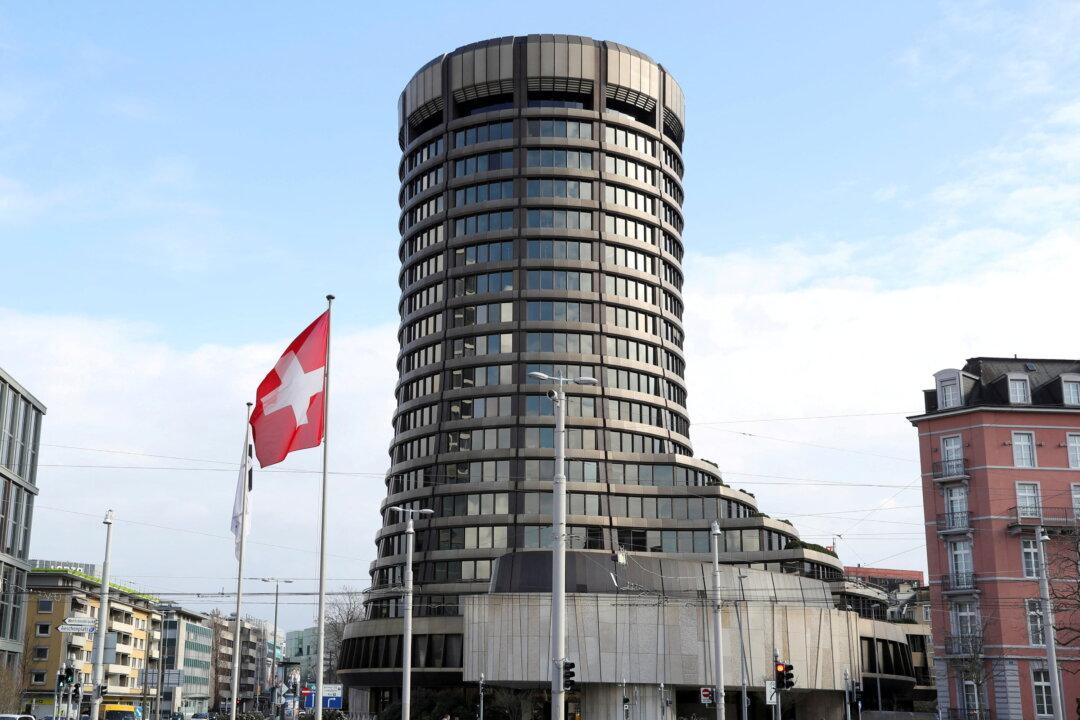The Bank for International Settlements (BIS) has developed two prototypes for a shared platform that will allow for international settlements using digital currencies issued by multiple central banks.
Code-named “Project Dunbar,” the platform is designed in a way to enable cross-border transactions using different currencies between financial institutions. The solution can potentially reduce the reliance on intermediaries, thereby minimizing costs as well as the time taken to process transactions. BIS collaborated with the Bank Negara Malaysia, Reserve Bank of Australia, the South African Reserve Bank, and the Monetary Authority of Singapore for the project.





